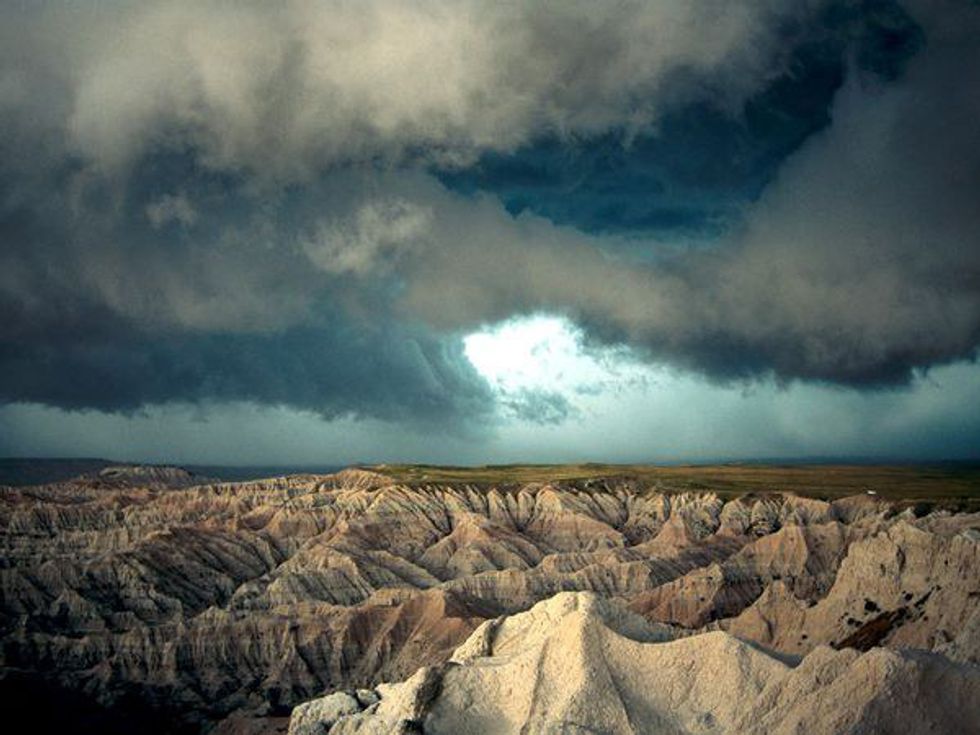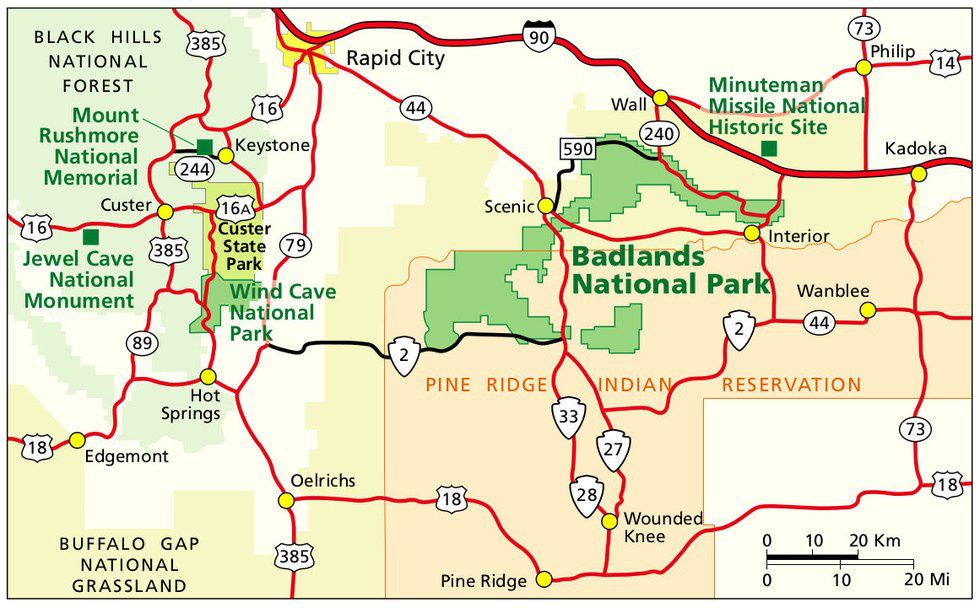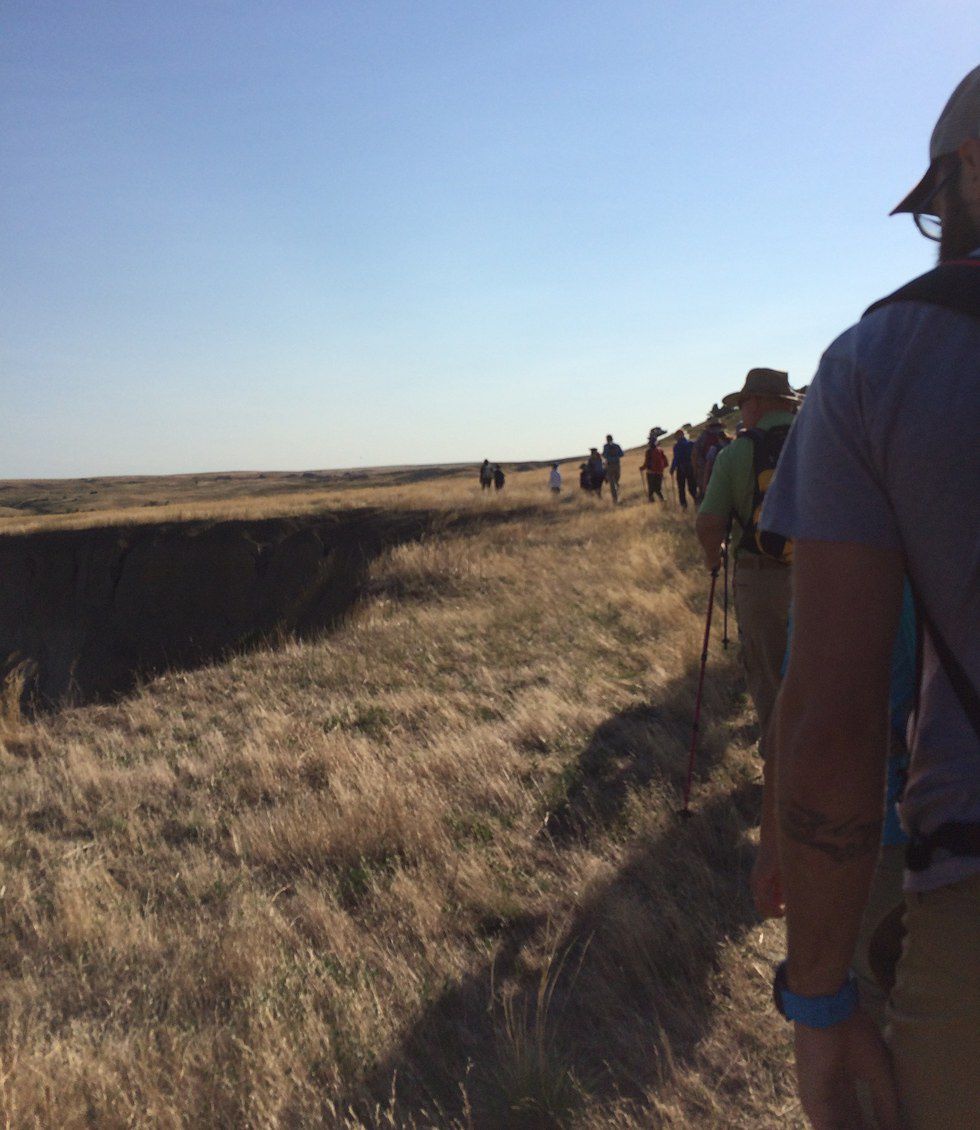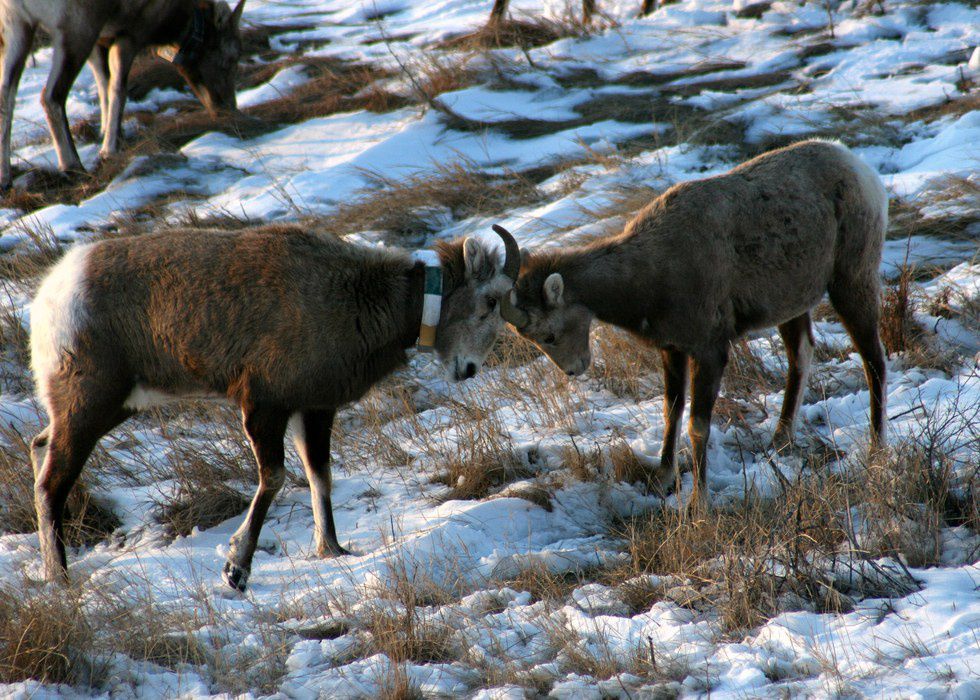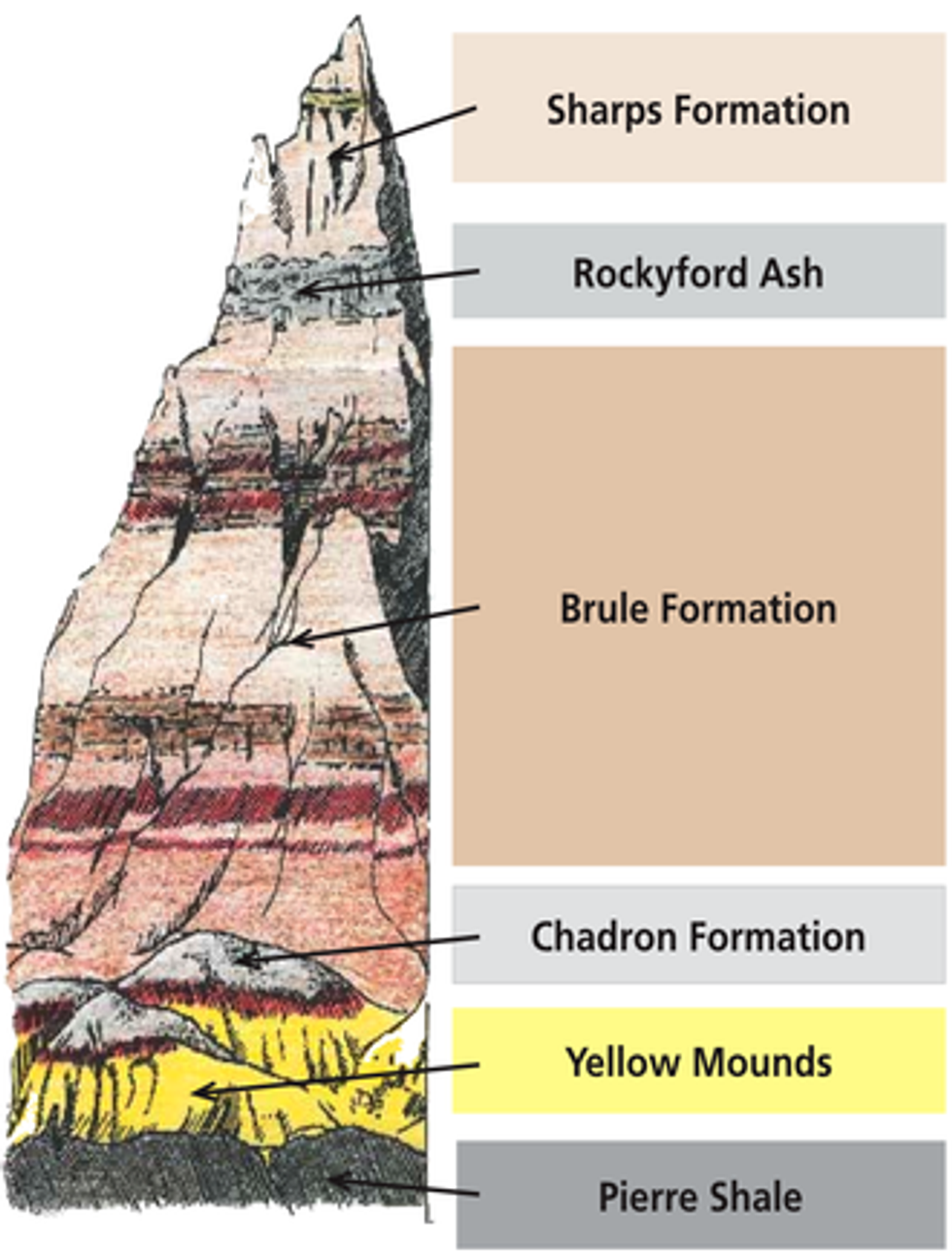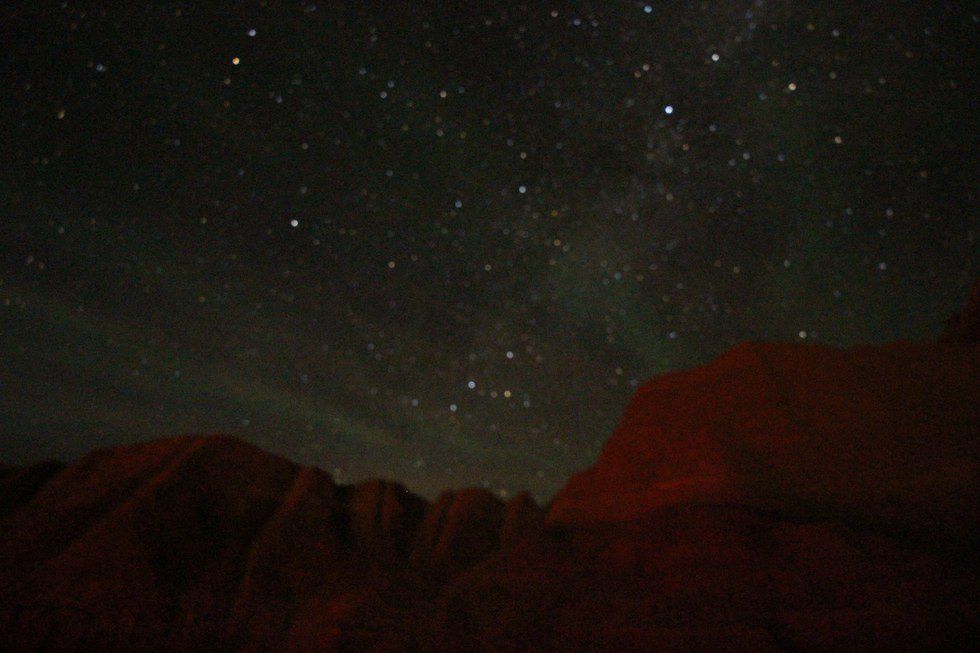Imagine sweeping vistas, breathtaking views of river valleys and sharp, striking peaks along a narrow, winding road. The Badlands National Park, a haven for humans and animals alike, sweeps across the center of western South Dakota and contains 244,000 acres of wilderness, beautiful formations, and stunning prairie.
(Photo Credit: National Geographic/Annie Griffiths Belt)
Surrounded by the Buffalo Gap National Grassland, the Badlands is one of two National Parks in South Dakota, the other being Wind Cave National Park, the most complex cave system in the world. Other National Park Service sites in South Dakota are Mount Rushmore National Memorial, Minuteman Missile National Historic Site, and Jewel Cave National Monument. It is composed of a North Unit, with the Ben Reifel Visitor Center, just south of Interstate 90, and the most heavily visited area; and a South Unit, with the White River Visitor Center on the Pine Ride Indian Reservation, managed by the National Park Service in an agreement with the Lakota Native American Tribe. Also housed in the North Unit is the 70,000 acre Sage Creek Wilderness, home to a herd of roughly 1,000 bison, and the park's headquarters as well as biology and paleontology buildings. Called Mako Sica by the Lakota (literally "land bad") It was founded in 1929 as a National Monument, but became a National Park with the acquisition of the South Unit in 1978.
(Photo Credit: National Park Maps)
Visitors to the park can see native wildlife, grasses, and geologic formations, as well as past and current fossil sites, explore miles of hiking trails and attend a variety of programs, the full list of which can be found here. Ranger programs including talks and hikes go on every day throughout the summer, and this year features a special lineup of events to celebrate the National Park Service's Centennial.
Park visitors weave through the prairie of the Sage Creek Wilderness on on of the Badlands Centennial Hikes. Photo Credit: Jane Poss)
Not only is the park a destination for visitors— it also provides a haven for rare wildlife. Four endangered or previously endangered species have been reintroduced: Rocky Mountain bighorn sheep, bison, swift fox and black-footed ferrets. Both the swift fox and black-footed ferret are still endangered, with the ferret being the most endangered animal in North America, but reintroduction efforts are helping maintain a stable and genetically diverse population. Other wildlife native to the park include two species of deer, pronghorn antelope, black-tailed prairie dogs, coyotes, bobcats, mountain lions, rattlesnakes and a variety of birds such as the cliff swallow, burrowing owl and western meadowlark.
(Young male bighorn sheep butting heads. Photo Credit: NPS/Lee McDowell)
Formed over millions of years from the deposition of sediment, the Badlands began as the floor of the Western Interior Seaway 65 million years ago, during the time of the dinosaurs. When the sea drained away with the uplift of the Rocky Mountains (one that also caused the Black Hills to rise), the area became a swampland, and eventually cooled and dried into a savanna-like prairie, mixing river deltas, plant life, and volcanic ash until the youngest rock was deposited 28 million years ago. Almost 200 meters total of rock was formed from sediments deposited, chiefly from the eroding Black Hills. Over 500,000 years, water washed away the softer soil, leaving harder sandstone and mud stone behind, giving us the spectacular formations now seen in the Badlands.
(Rock layers in the Badlands, between 65 and 28 million years old. Photo credit: Earth Science in Our National Parks)
The Badlands are also one of the more fertile fossil beds in America. The way the area formed from the deposition of sediment provided the perfect conditions for fossilization, and the fossil record provides a way to trace the evolution of early mammals. A team of paleontologists in the park, comprised of survey crews, lab preparators, monitors, researchers, and others works around the clock to document, collect, clean, and preserve fossils that are displayed in museums from Denver to New York. The Fossil Preparation Lab in the visitor center, where all preparation in the park takes place, is open to the public from May to September.
Currently, the Badlands is a popular tourist destination, drawing in almost 1 million visitors a year. Visitors drive the Loop Road, hike on trails, visit the fossil lab, explore the back country, and attend nightly ranger talks. The Badlands also features very dark skies, leading to the perfect environment for photography and astronomy. An annual Astronomy Festival takes place in July, and five days a week nightly programs are closed with a sky tour and telescope viewing.
(The sky above the buttes at night, as seen from the Badlands NP. Photo Credit: NPS)
Are the Badlands really that bad? That's a good question for a ranger, or, better yet, a good question to ask yourself as you explore a uniquely beautiful area that is counted among America's natural wonders.
(To see more pictures, check out the Badlands free, public-domain photo gallery on flikr.)




